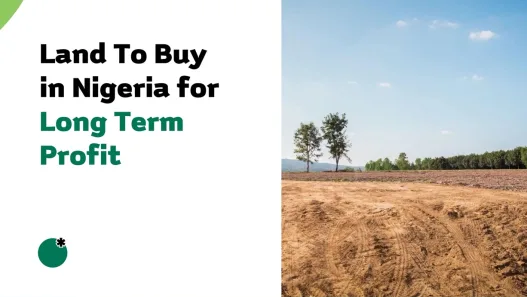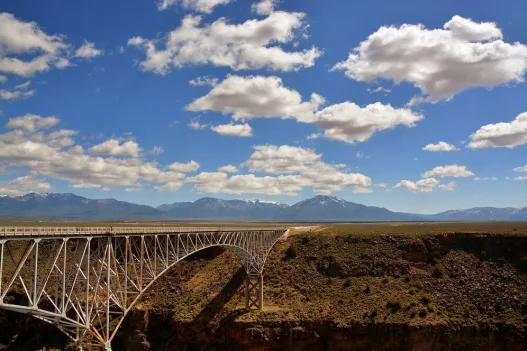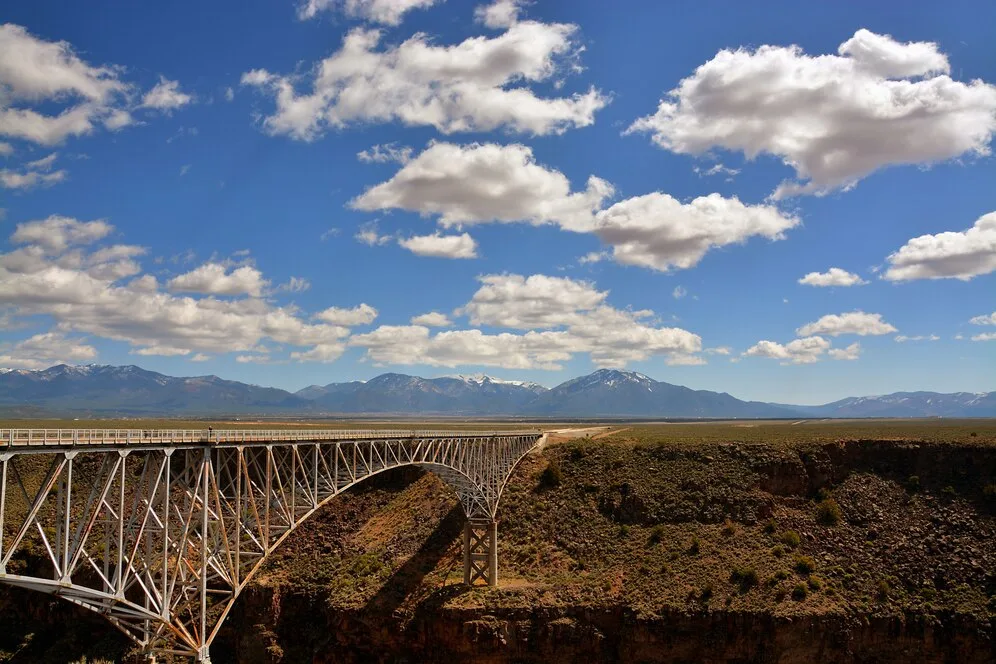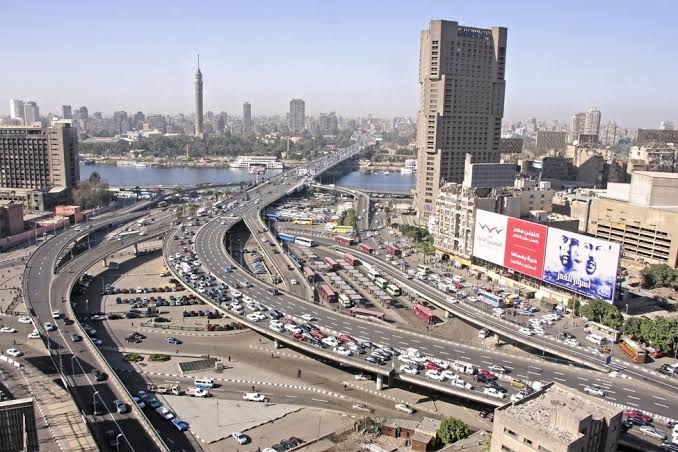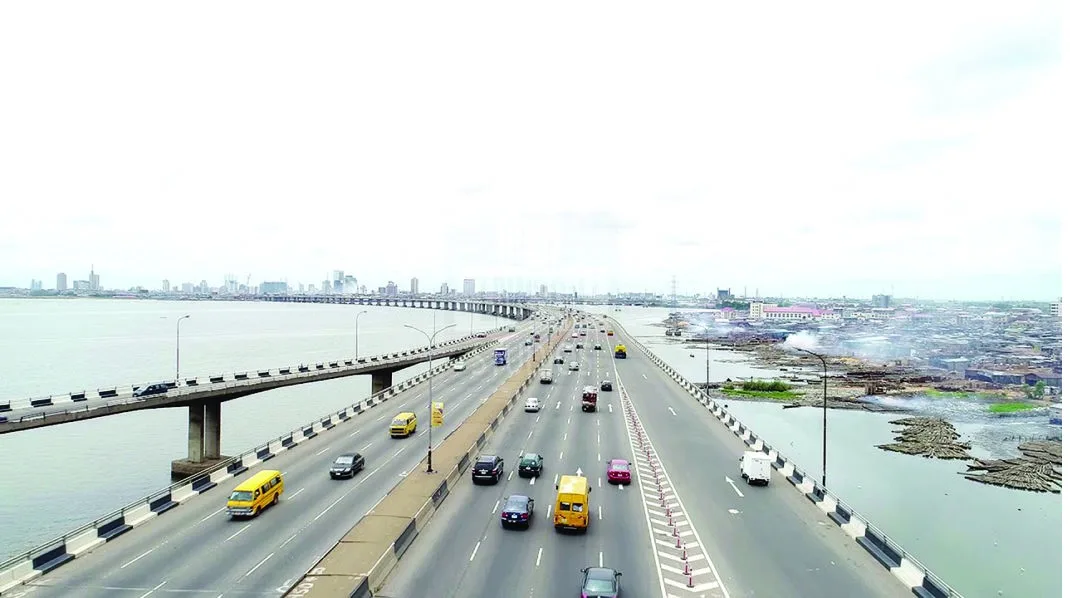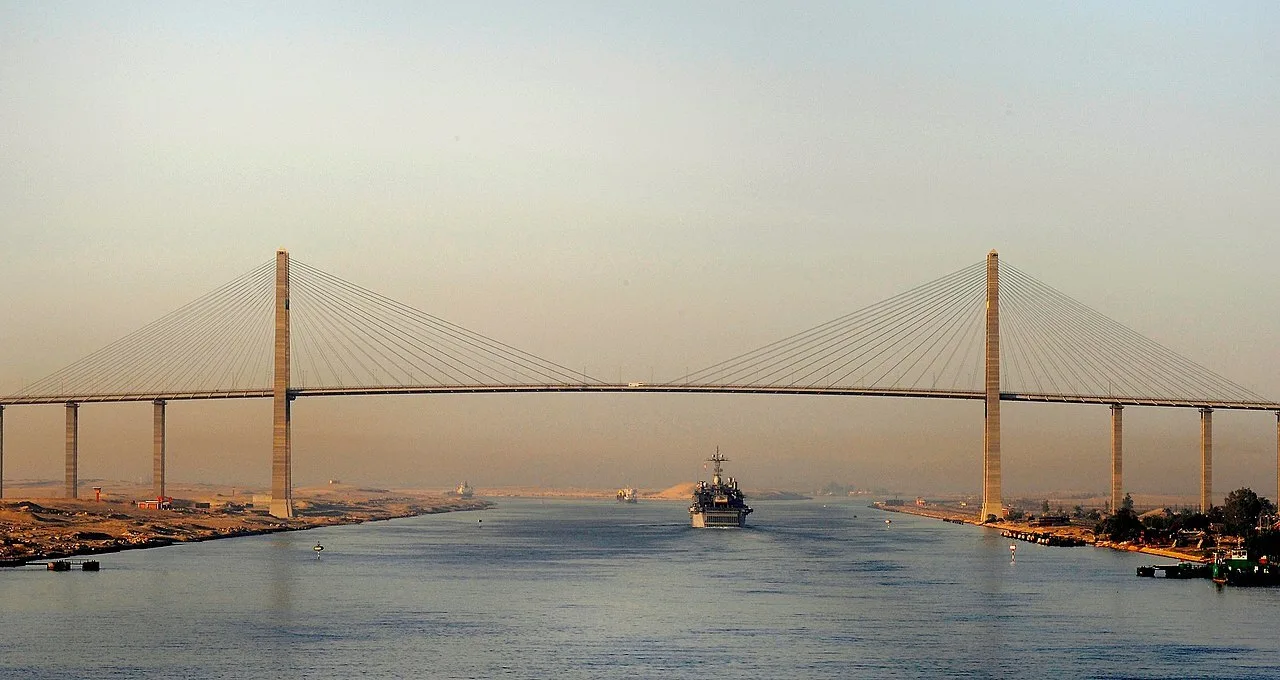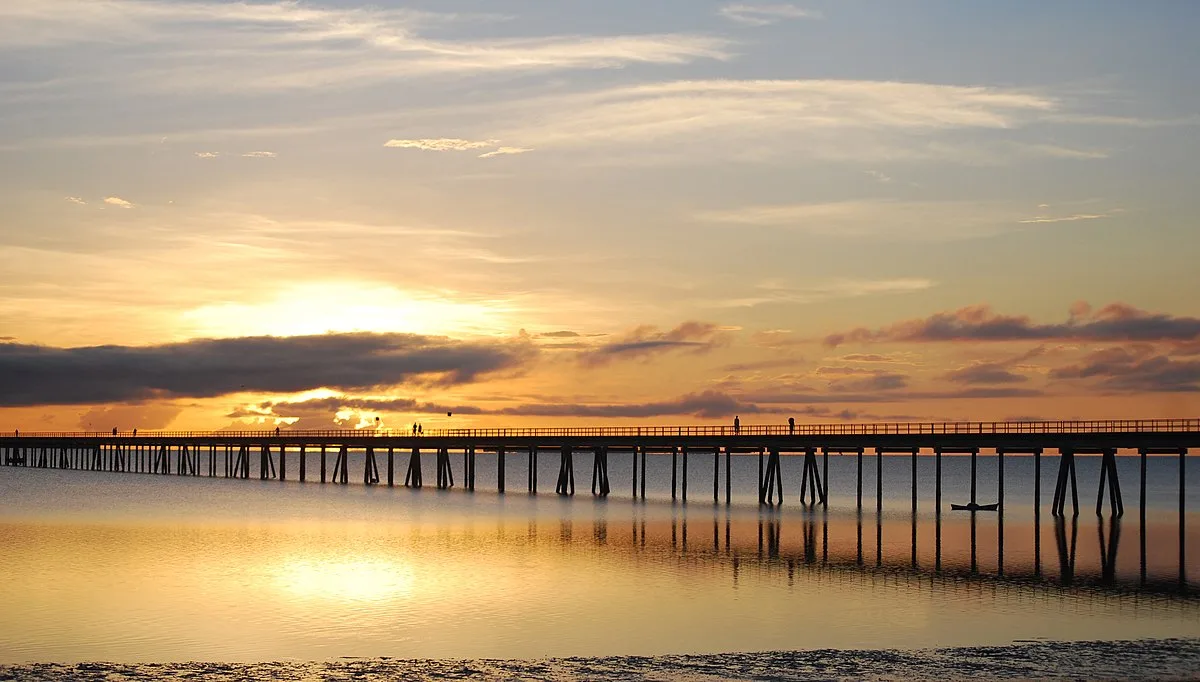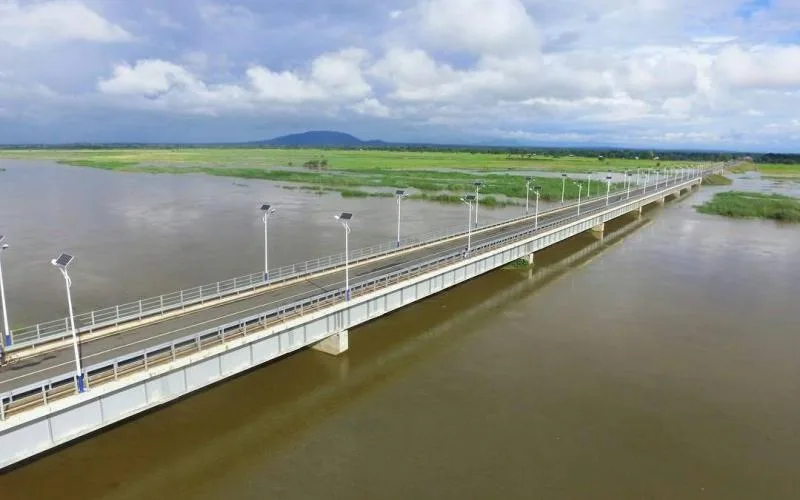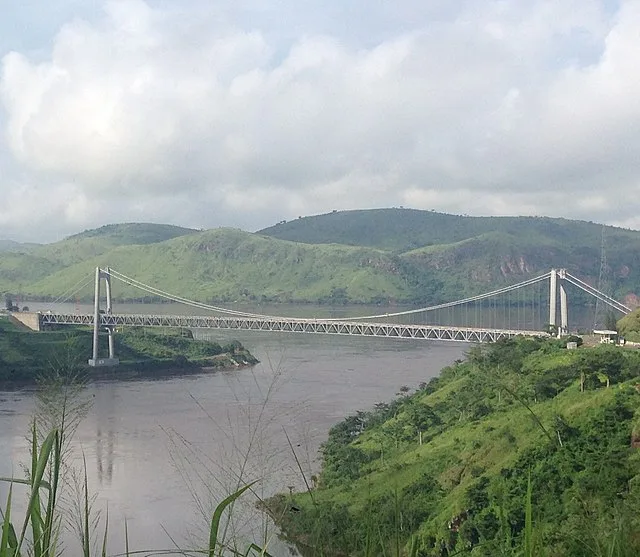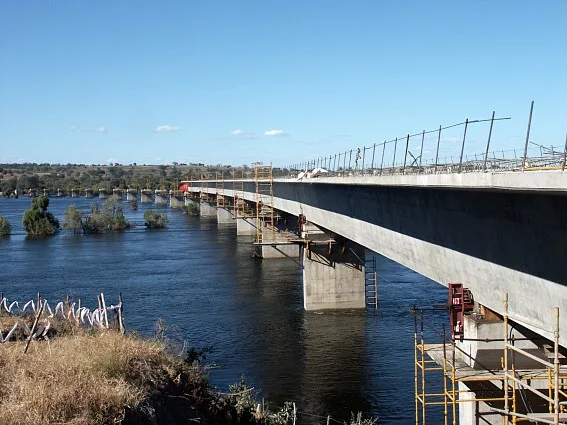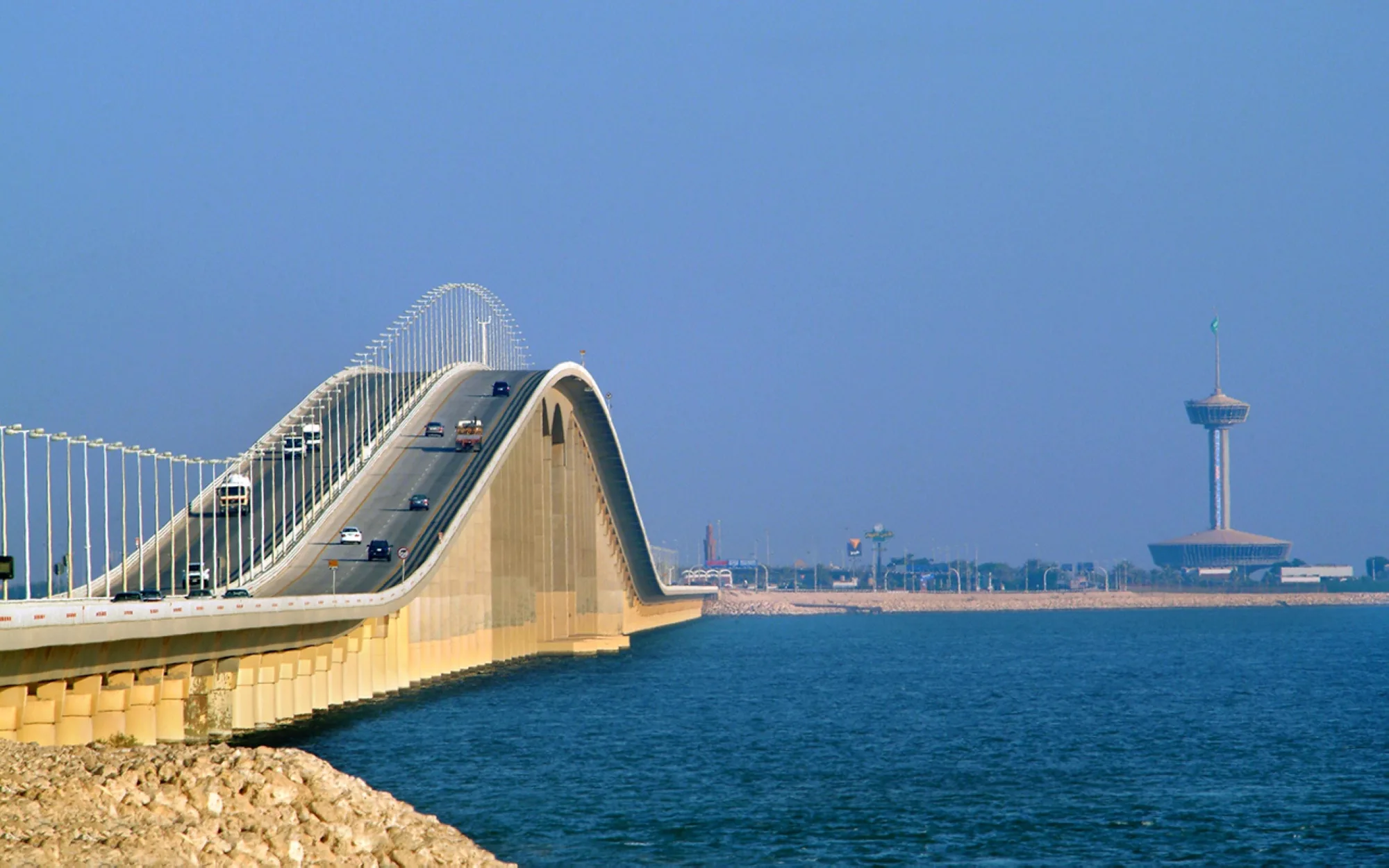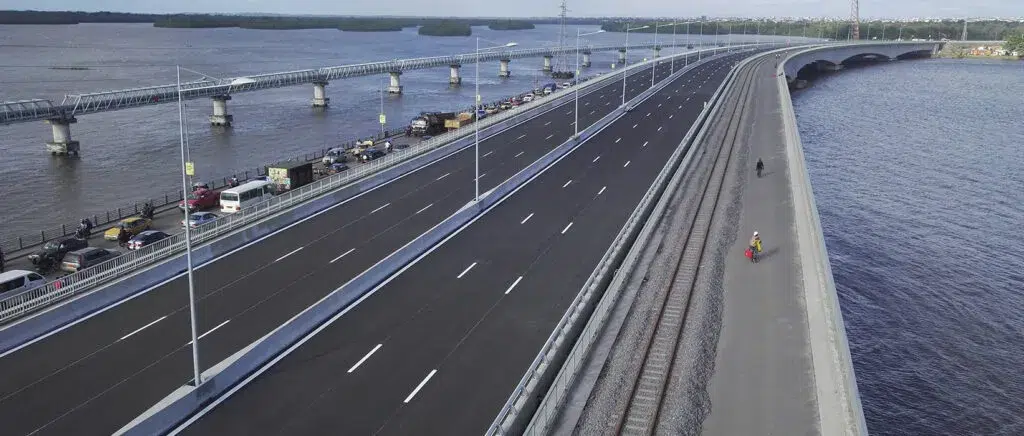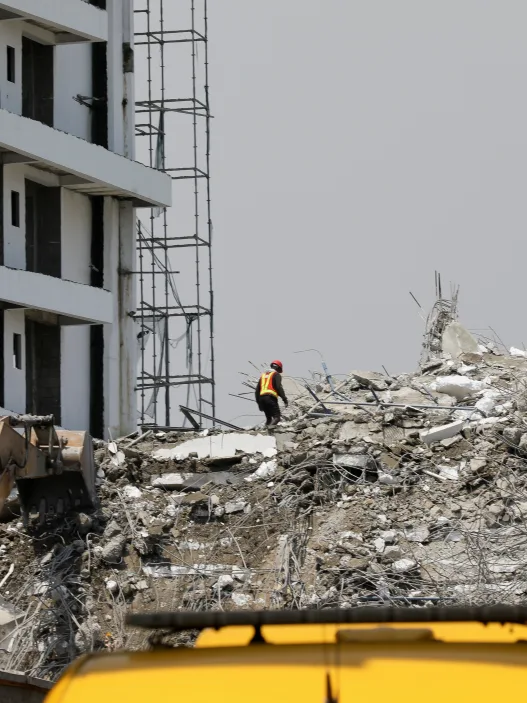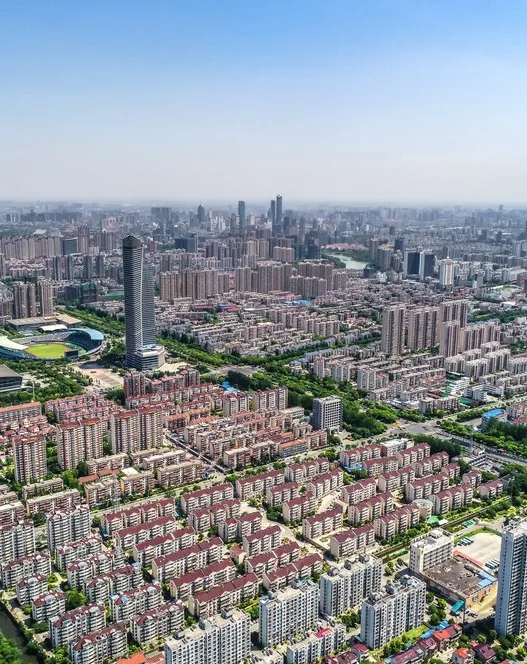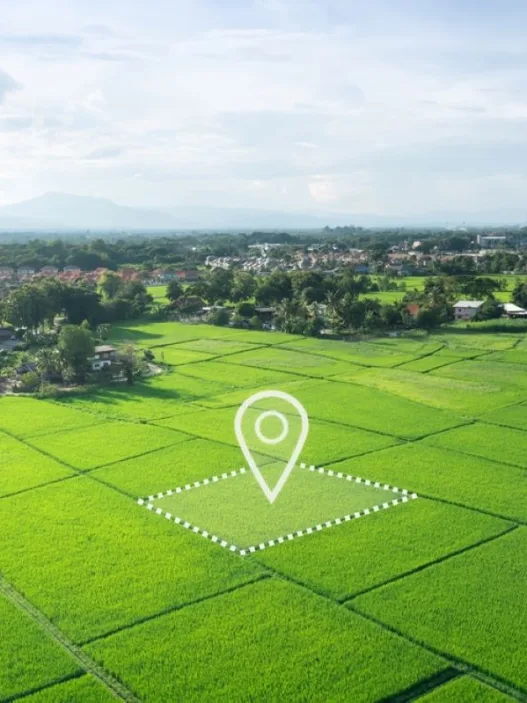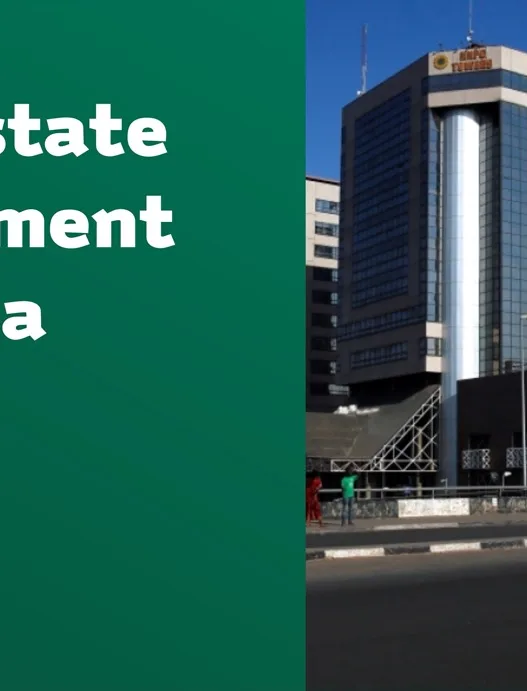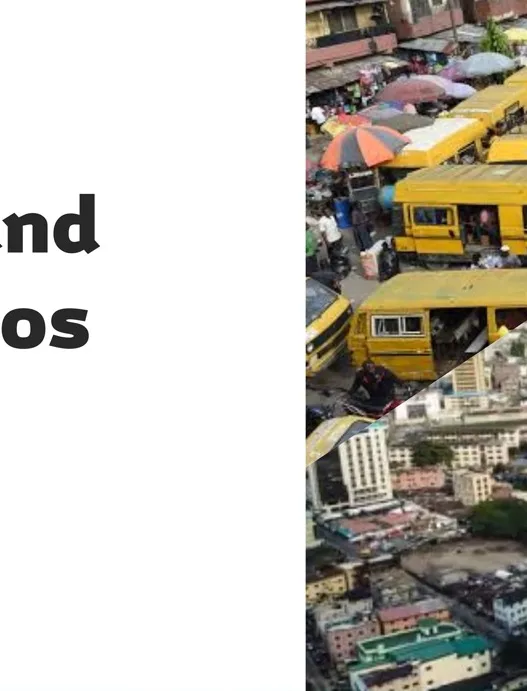When it comes to impressive engineering feats, the longest bridges in Africa stand out as extraordinary achievements. These monumental structures span vast distances and connect crucial regions across the continent, playing a pivotal role in transportation, trade, and regional development. From the bustling streets of Cairo to the remote areas of Mozambique, these bridges are not just about their impressive lengths but also about their significant impact on daily life and economic activity. In this article, we’ll explore the top 10 longest bridges in Africa, exploring their unique designs, historical importance, and the vital roles they play in connecting communities.
1. 6th October Bridge—Egypt (20.5 kilometers)
The 6th October Bridge is the longest bridge in Africa, stretching over 20 kilometers through the bustling heart of Cairo, Egypt. Completed in stages between 1969 and 1996, this bridge is named in honor of Egypt’s victory in the 1973 Arab-Israeli War, which occurred on October 6th.
Key Features:
- The 6th October Bridge stretches across the Nile River, connecting Cairo’s downtown area with Giza and its suburbs.
- Serving as a vital transportation artery, it eases traffic congestion in Cairo, where millions of people commute daily.
- The bridge is crucial for tourism as well, connecting key attractions like the Cairo International Airport, the Great Pyramids of Giza, and various hotels and historical sites.
Economic Impact: By facilitating easy travel across Cairo, the bridge boosts commerce and tourism, significantly reducing travel time for businesses and tourists alike. It is the backbone of Cairo’s transportation network, helping the city keep pace with its rapid population growth and economic expansion.
2. Third Mainland Bridge—Nigeria (11.8 kilometers)
The Third Mainland Bridge in Lagos, Nigeria, is the second-longest bridge in Africa and arguably the most famous bridge on the continent. Spanning 11.8 kilometers, it connects Lagos Island to the Lagos mainland, providing an essential route for the millions of commuters who traverse it daily.
Key Features:
- Opened in 1990, the Third Mainland Bridge was once the longest bridge in Africa until the completion of the 6th October Bridge.
- The bridge is a key link in Lagos’s transportation system, connecting the economic hub of Lagos Island to densely populated areas like Ikeja, Yaba, and Apapa.
- Built primarily to reduce traffic on Carter Bridge and Eko Bridge, it has become a vital component in Lagos’s infrastructure, contributing significantly to the daily movement of goods and people.
Maintenance and Expansion: Due to its heavy usage, the bridge undergoes regular maintenance to ensure its safety and efficiency. In 2020, major rehabilitation work was carried out, including repairs to expansion joints and pavement to ensure smooth traffic flow.
Economic Impact: The Third Mainland Bridge facilitates commerce by easing the movement of goods and services, reducing transit time for businesses, and improving access to key markets. It’s a vital economic asset in Lagos, which is one of the fastest-growing cities in the world.
3. Suez Canal Bridge, Egypt (3.9 kilometers)
Also known as the Mubarak Peace Bridge, the Suez Canal Bridge is a cable-stayed bridge that spans the iconic Suez Canal. At 3.9 kilometers long, it connects the continents of Africa and Asia, serving as a critical link between the Sinai Peninsula and mainland Egypt.
Key Features:
- The bridge was constructed with Japanese assistance as part of a larger project to enhance Egypt’s transportation infrastructure.
- The Suez Canal Bridge plays a key role in facilitating military and civilian transportation across the Suez Canal, which is one of the most strategically important waterways in the world.
Significance: Given the Suez Canal’s role in global shipping, the bridge allows the free movement of goods and military equipment between the Egyptian mainland and the Sinai Peninsula, reducing the need for ferry services. It supports trade and tourism by allowing faster travel between Europe, Asia, and Africa.
4. Mozambique Island Bridge—Mozambique (3.8 kilometers)
Connecting Mozambique Island to the mainland, the Mozambique Island Bridge is 3.8 kilometers long and is a crucial transportation link for the UNESCO World Heritage site. This bridge, built in 1967, has historical significance due to Mozambique Island’s role as the former capital of Portuguese East Africa.
Key Features:
- The bridge provides vital access to the island, which was once a key trading post for gold, spices, and slaves.
- The bridge enhances tourism, allowing easy access for visitors to explore the island’s rich colonial architecture and historical landmarks.
Cultural and Economic Impact: Mozambique Island is an important cultural and historical asset for the country, and the bridge helps maintain its connection to the rest of Mozambique. The improved access to the island has led to a significant boost in tourism, benefiting the local economy by creating jobs and supporting businesses like hotels, restaurants, and tour services.
5. Mkapa Bridge, Tanzania (970 meters)
Named after Tanzania’s former president, Benjamin Mkapa, the Mkapa Bridge spans the Rufiji River in southeastern Tanzania. Opened in 2003, this 970-meter-long bridge is a vital transportation link between Dar es Salaam and the southern regions of the country.
Key Features:
- The Mkapa Bridge has been instrumental in connecting previously isolated regions, providing better access for both people and goods.
- It supports Tanzania’s agriculture industry by facilitating the transport of crops like maize, cassava, and rice to markets.
Economic Impact: The bridge has contributed significantly to Tanzania’s economic growth by opening up the southern region for trade and tourism. Farmers can now transport their goods more easily, improving livelihoods and boosting economic development.
6. Matadi Bridge, Democratic Republic of Congo (722 meters)
The Matadi Bridge, also known as the OEBK Bridge, is the longest suspension bridge in Africa, spanning 722 meters across the Congo River. Completed in 1983, this iconic bridge connects the port city of Matadi to the rest of the Democratic Republic of Congo (DRC).
Key Features:
- As the longest suspension bridge in Africa, it is an engineering marvel, designed to withstand the harsh weather conditions and strong currents of the Congo River.
- The Matadi Bridge is crucial for trade and commerce in the DRC, facilitating the movement of goods from the port to inland regions.
Economic Impact: The bridge is essential for the DRC’s economy, enabling efficient transport of imports and exports through the Port of Matadi, which is the country’s largest seaport. The Matadi Bridge has helped boost trade between the DRC and neighboring countries, contributing to regional economic integration.
7. Katima Mulilo Bridge—Zambia-Namibia Border (900 meters)
The Katima Mulilo Bridge connects Zambia and Namibia over the Zambezi River, playing a critical role in international trade between the two countries. This 900-meter bridge, inaugurated in 2004, is part of the Trans-Caprivi Highway, which links Namibia to Zambia, Zimbabwe, and Botswana.
Key Features:
- The bridge is essential for cross-border trade, allowing trucks and other vehicles to transport goods between Zambia and Namibia with ease.
- The Katima Mulilo Bridge also serves as an important route for tourists traveling to destinations like Victoria Falls and national parks in Southern Africa.
Economic Impact: The bridge has significantly improved trade and transportation in the region, facilitating the movement of agricultural products, minerals, and manufactured goods. It has also enhanced tourism, allowing tourists to easily access major attractions in Zambia and Namibia.
8. Dona Ana Bridge, Mozambique (3.67 kilometers)
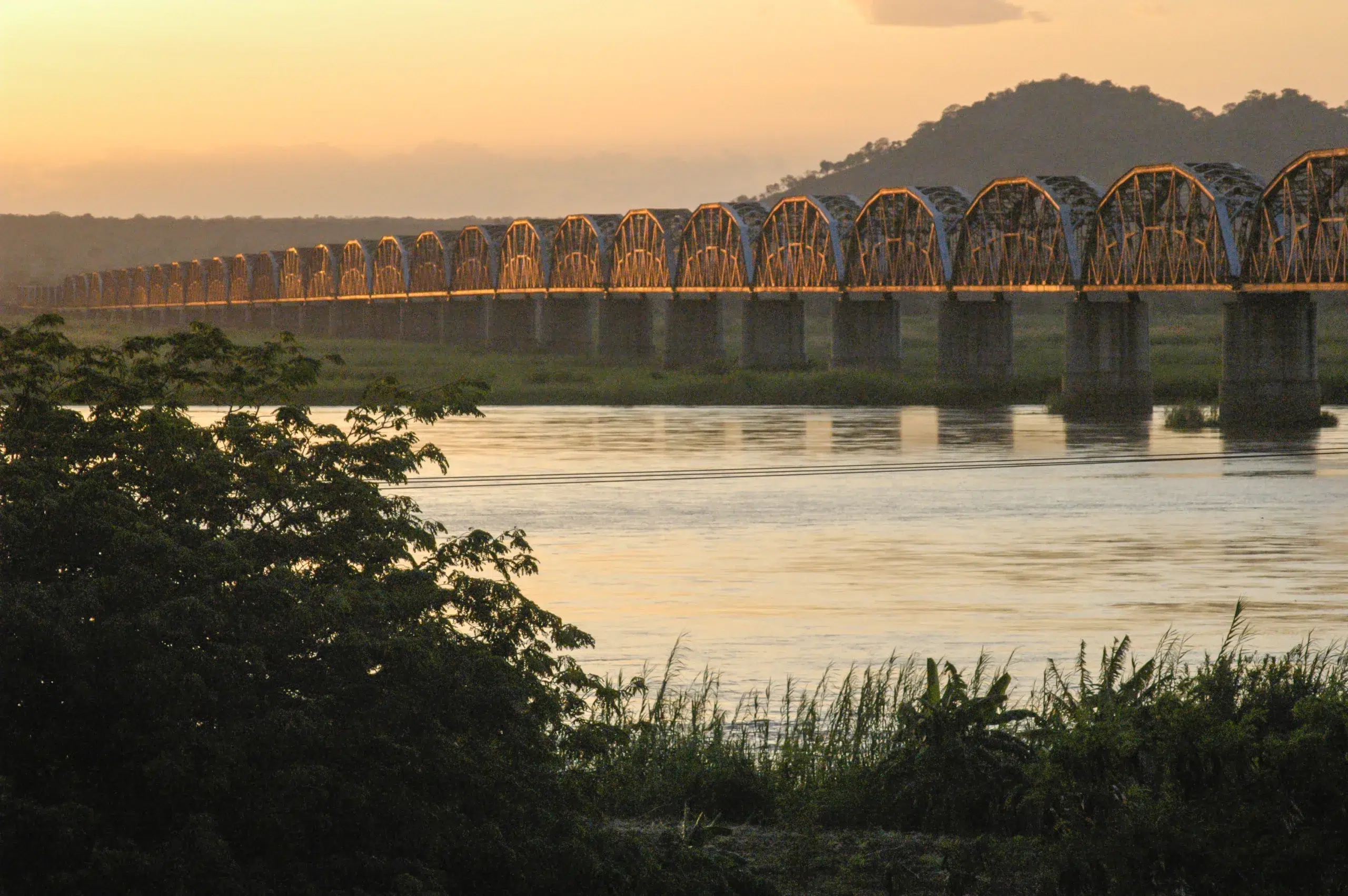
The Dona Ana Bridge is one of the longest bridges in Mozambique, stretching 3.67 kilometers across the Zambezi River. Originally constructed as a railway bridge in 1934, it was later converted to support both road and rail traffic.
Key Features:
- The bridge is a vital link between the northern and southern regions of Mozambique, connecting the cities of Mutarara and Caia.
- It played an essential role during the country’s civil war, facilitating the movement of troops and supplies.
Economic Impact: The Dona Ana Bridge has been instrumental in Mozambique’s post-war reconstruction efforts, allowing for the easy transport of goods and services. It continues to play a critical role in the country’s economy, supporting trade and commerce between its northern and southern regions.
9. King Fahd Bridge—Mauritania (1.6 kilometers)
The King Fahd Bridge spans 1.6 kilometers across the Senegal River, connecting the towns of Rosso in Mauritania and Senegal. Opened in 1987, the bridge was funded by Saudi Arabia and named after King Fahd.
Key Features:
- The bridge facilitates cross-border trade and transportation between Mauritania and Senegal, which are key economic partners in West Africa.
- It serves as an important route for local farmers and traders, enabling them to move their goods between the two countries.
Economic Impact: The King Fahd Bridge has boosted economic cooperation between Mauritania and Senegal, facilitating the movement of goods like fish, livestock, and agricultural products. It has also enhanced regional integration by making it easier for people to travel between the two countries.
10. Wouri Bridge, Cameroon (1.8 kilometers)
The Wouri Bridge in Douala, Cameroon, spans 1.8 kilometers across the Wouri River. Opened in 1954, the bridge is a crucial transportation link in the country’s largest port city, connecting Douala to the western regions of Cameroon.
Key Features:
- The bridge plays a vital role in Cameroon’s economy, supporting the movement of goods to and from the Port of Douala, which handles most of the country’s imports and exports.
- A second bridge was built alongside the original Wouri Bridge in 2017 to ease traffic congestion and support the growing transportation needs of Douala.
Economic Impact: The Wouri Bridge is essential for Cameroon’s economy, facilitating the movement of goods and people in one of Africa’s busiest port cities. It supports both local and international trade, connecting Cameroon to its neighboring countries and boosting regional commerce.
Conclusion
The longest bridges in Africa represent not just impressive feats of engineering but also crucial infrastructure that drives economic growth, trade, and regional integration. From the bustling streets of Cairo to the vital trade routes of Lagos and the Congo, these bridges are lifelines that connect people, cultures, and economies across the continent. As Africa continues to develop, these bridges stand as a testament to the continent’s progress and its growing role in the global economy.
Get the best of Real Estate delivered straight to your inbox weekly.
Real Estate updates the way you want it.





